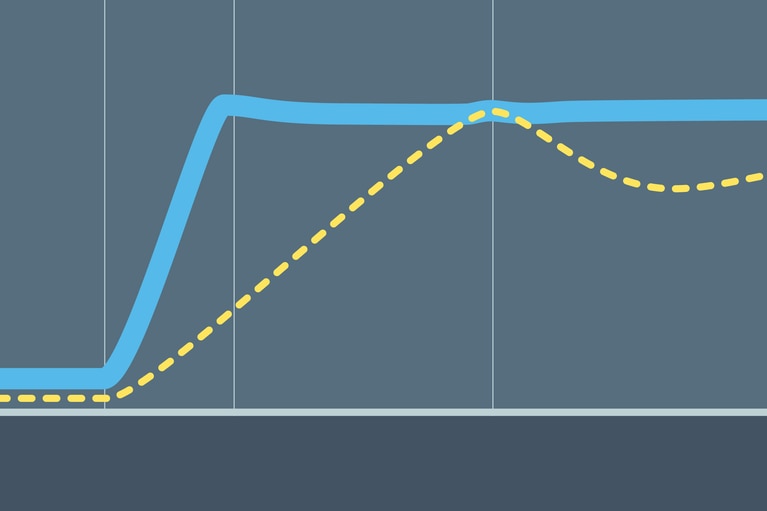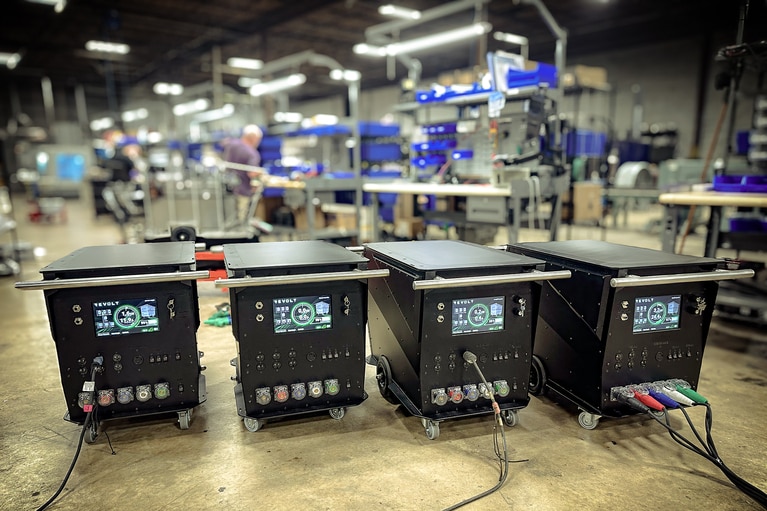
Bidirectional power and transient speed enable scalable active suspension
Sine Amplitude Converter™ modules offer a unique combination of bidirectionality and transient response to unlock new possibilities for active suspension
EVs can be confusing from a “what voltage does it run at” perspective. We have the 12-V lead-acid batteries that have been around for decades. But there are many new sizes, types, chemistries, and voltages. Listen to the podcast to learn how less is more when using power modules for auto electrification.
Podcast with Patrick Kowalyk, North American Automotive Principal Field Apps Engineer
EVs can be confusing from a “what voltage does it run at” perspective. We have the 12-V lead-acid batteries that have been around for decades. But there are many new sizes, types, chemistries, and voltages.
The way in which we deliver power within the automobile needs to change. To hear exactly how, tune in to this week’s Embedded Executives podcast.
Bidirectional power and transient speed enable scalable active suspension
Sine Amplitude Converter™ modules offer a unique combination of bidirectionality and transient response to unlock new possibilities for active suspension
Delivering improved peak power and dynamic transient response to unlock lighter, more powerful EV architectures
With each passing year, electric vehicles (EVs) on the market are becoming increasingly reliant such as steer-by-wire, brake-by-wire and active suspension.
Addressing the AI power challenge in the data center
With GPU servers drawing more and more power, the challenge is to provide this increased power capacity with minimal loss, noise or downtime. Learn more
Helping Hollywood fulfill its green ambitions
ReVolt is the cleaner, greener solution to the massive fossil fuel burning generators used on movie sets today. Learn how Vicor is helping ReVolt



